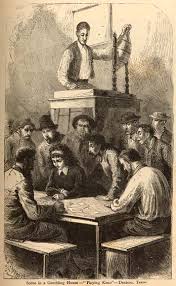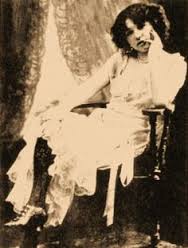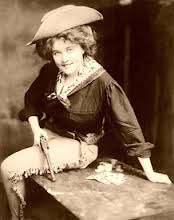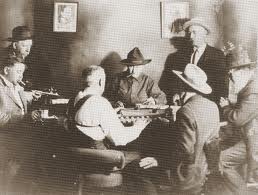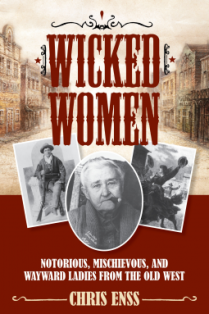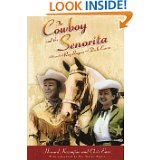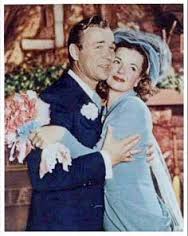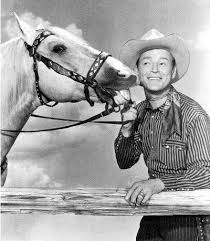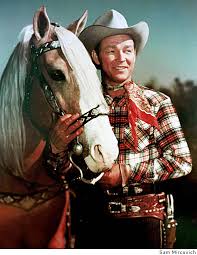Take a chance. Enter now to win a copy of the new book
Wicked Women: Notorious, Mischievous, and Wayward Ladies from the Old West.
From the February 4, 1875 edition of the California Alta News comes a warning to men to safeguard themselves from wicked women. The article is referring to women gamblers and soiled doves, several of which are included in the book Wicked Women. “There have been desperately wicked women in this world of ours, from the days of sacred story to the present moment. They have shown sometimes the cool and calculating villainy of the poisoner and forger, but more often the rabid, eccentric, self-destroying wickedness of the weak. “You men know what an enraged lamb will do,” said a keen, observer. Women are not lambs always, but a certain amount of wickedness appears in the most desperate of them. In the first place, that type of woman “staying power” — but the absence of the inertia of strength, whichever prevents such females from rising to successful eminence, that inability of the muscles to serve the exactions of the brain— is real. Conscience and decency come back in a woman after they‘ve lied and snared their prey; her courage in all scenes of danger is proverbial; and it is pathetic to read of the last hours of the most desperate female criminals, to see the womanly virtues appearing as the crust of an unworthy life is being broken, to hear their prayers, witness their generosity, admire their fortitude, and notice then determination to be well or decently. But it is not real – they are wicked.”
To learn about wicked women on the wild frontier read
Wicked Women: Notorious, Mischievous, and Wayward Ladies from the Old West.
National Book Launch on February 21, 2015 from Noon to 2 p.m. at the
Nevada County Railroad Museum in Nevada City, California.

